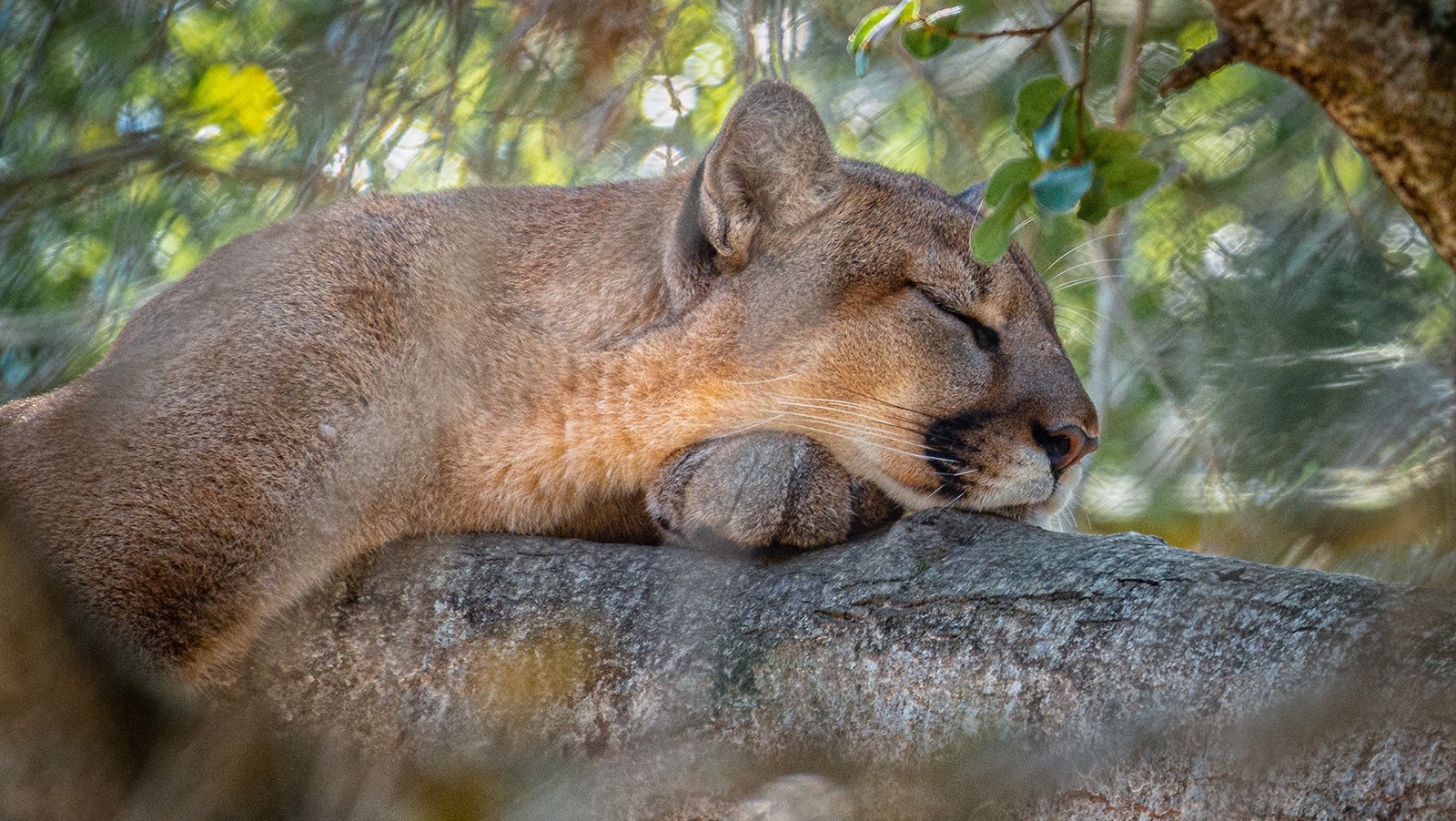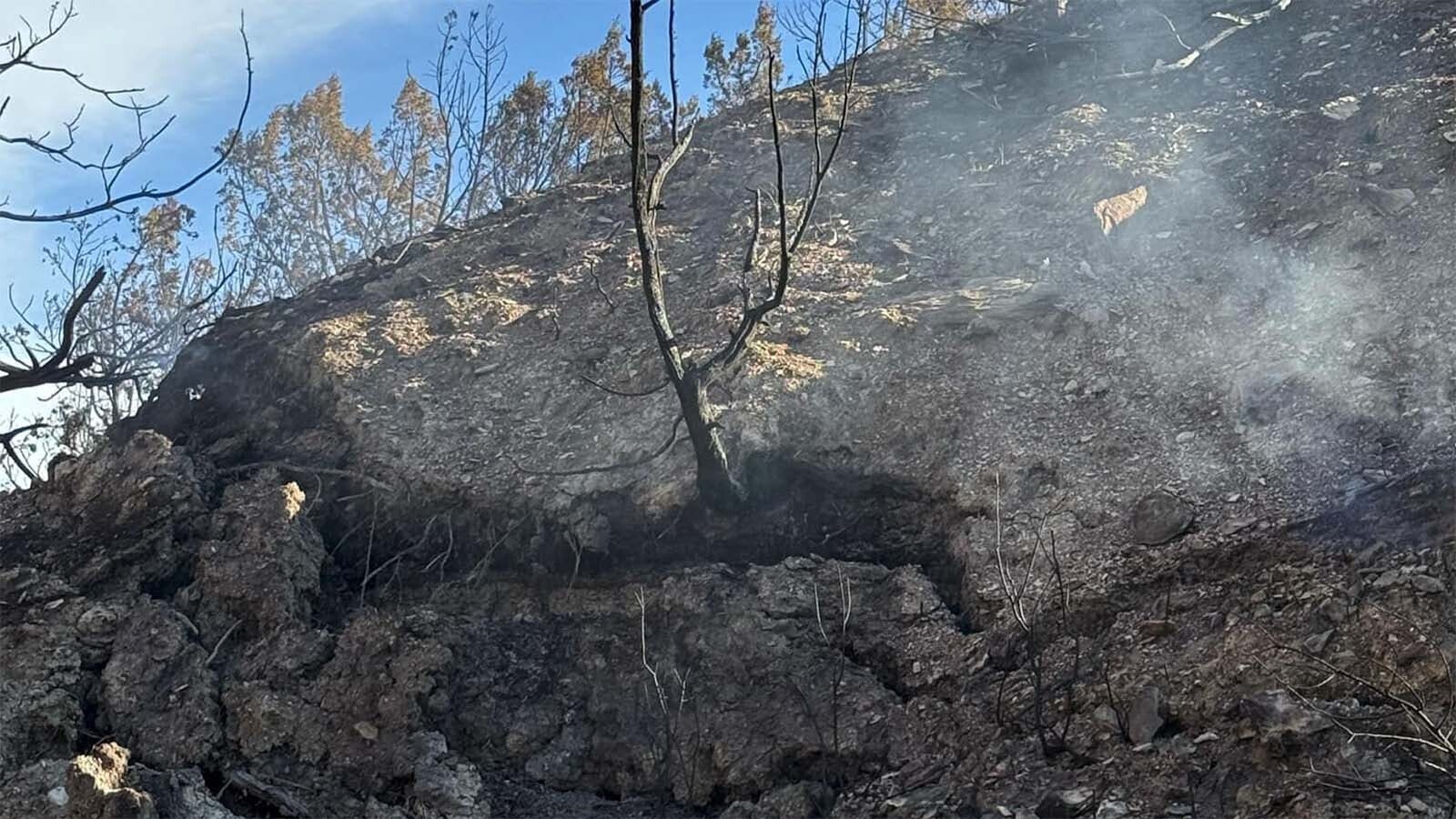There have been only a few documented cases of mammals in Wyoming catching bird flu, including a mountain lion that recently died in Teton County, but it’s difficult to say where things will go from here, a wildlife disease expert said.
When it comes avian influenza infections in Wyoming, “What’s this summer going to be like?” asked Michael Pipas, a wildlife disease biologist with the USDA, told Cowboy State Daily. “Is it going to be worse than last summer, or is it going to be less severe? We just don’t know.
“Viruses are notorious for mutating and reassorting.”
Probably Caught It By Eating Birds
So far, only a handful of Wyoming mammals have been infected with the bird flu virus, Pipas said.
Those have included four mountain lions – two in Teton County, and one each in Big Horn and Natrona counties – a fox in Hot Springs County and a feral cat, also in Hot Springs County.
“Those are the ones you see, and it gets you wondering how many more are out there that we’re not seeing?” Pipas said. “There’s just more questions than answers at this point.”
It's thought that the animals contracted the virus by eating the carcasses of birds that had died from it, and subsequently suffered massive infections in their digestive tracts, Pipas said.
However, “there’s no definitive evidence that that is the only method of transmission” of bird flu to mammals, he added.
The animals might have inhaled lethal viral loads while eating the birds and suffered respiratory infections, he said.
Big Cat Is Latest Casualty
A mountain lion was found dead outside of Teton Park in March, according to Jackson Hole EcoTour Adventures. It was later determined that the mountain lion had died from avian flu after contracting it from a Canada goose carcass.
In January, three grizzly bears were severely sickened by the virus and had to be euthanized in Montana.
There have been scattered cases of mammals being infected around the world. However, it’s too soon to tell whether that will remain contained to an occasional odd case or if this strain of the bird flu will start to spread easily between mammals – as it has with birds, Pipas said.
Regarding fears that the avian flu could spark another human pandemic on the heels of COVID-19, there’s no strong evidence for that yet, he said. But viruses play the odds.
“If you have an endless supply of money and you go gambling in Vegas, you’re going to lose a lot of money for a long time. But sooner or later, are you going to win big?” he said.
So far, the World Heath Organization and the Centers For Disease Control and Prevention have said the avian flu is “low risk” for humans. The few people who have caught it had prolonged exposure to birds, and most suffered mild symptoms.
Just One Of Many Viruses Threatening Critters
The avian flu is still taking a tool on birds in Wyoming, Pipas said. It’s been particularly virulent in great horned owls and turkey vultures.
It’s just one of many disease threats that wildlife faces here, he said, including rabies. Wyoming is a hot spot for rabies in wildlife, and it ebbs and flows, but is always present.
“The pot of water is always on the stove. The only time you hear about it is when the pot starts to boil and you get an outbreak of a whole lot of rabies cases, but that pot of water is always there,” he said.
“We’re also dealing with chronic wasting disease and brucellosis here,” he added. “Sometimes you wonder how these wild critters can even make it. But nature is resilient.”





